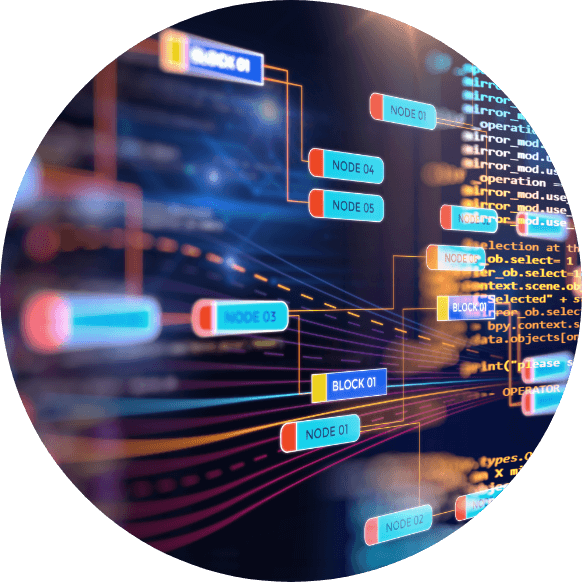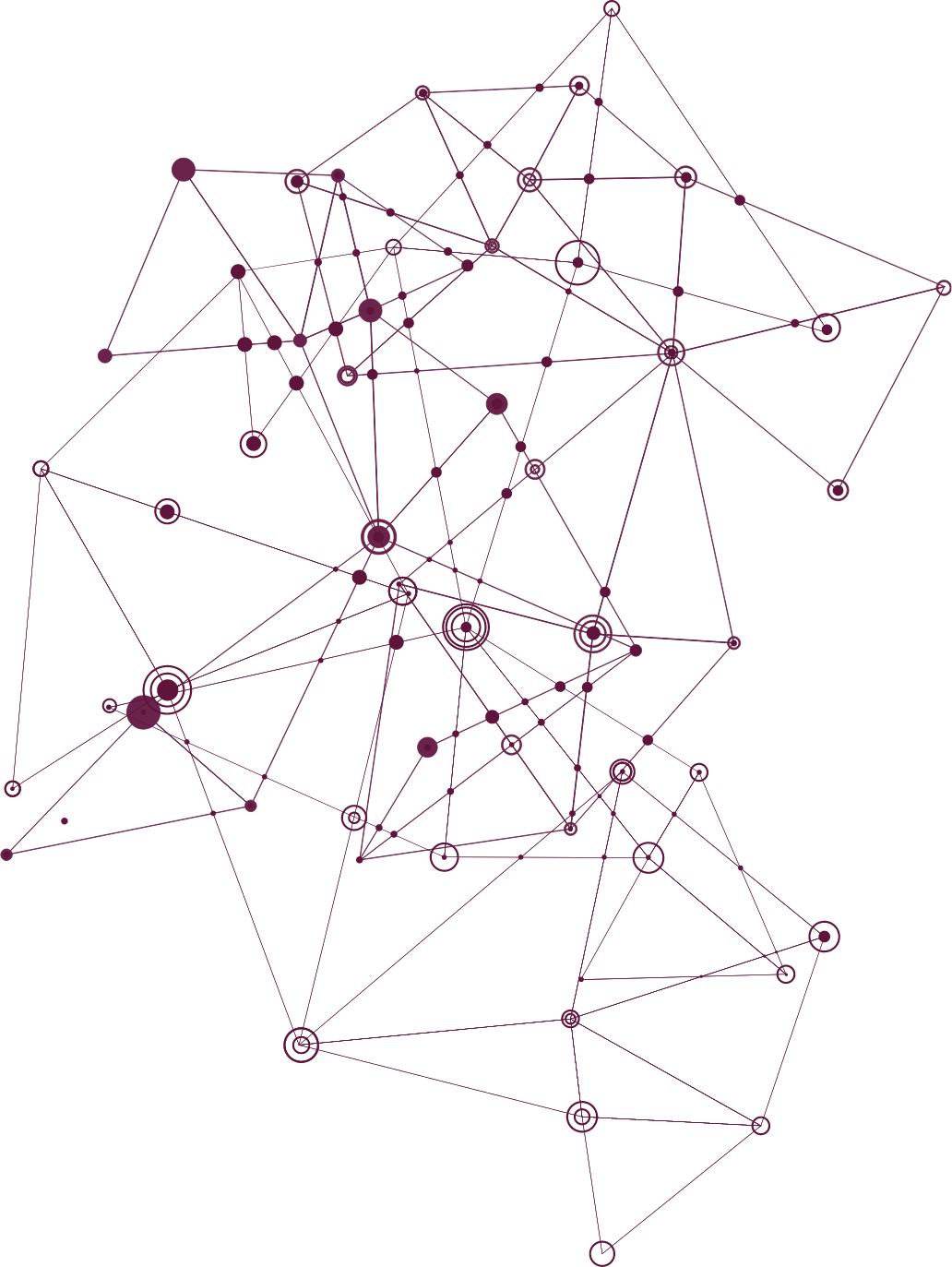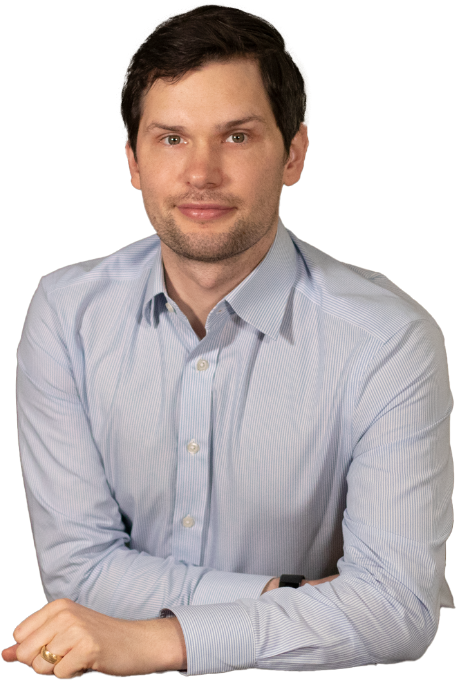
William Cowell de Gruchy
CEO, Infogrid




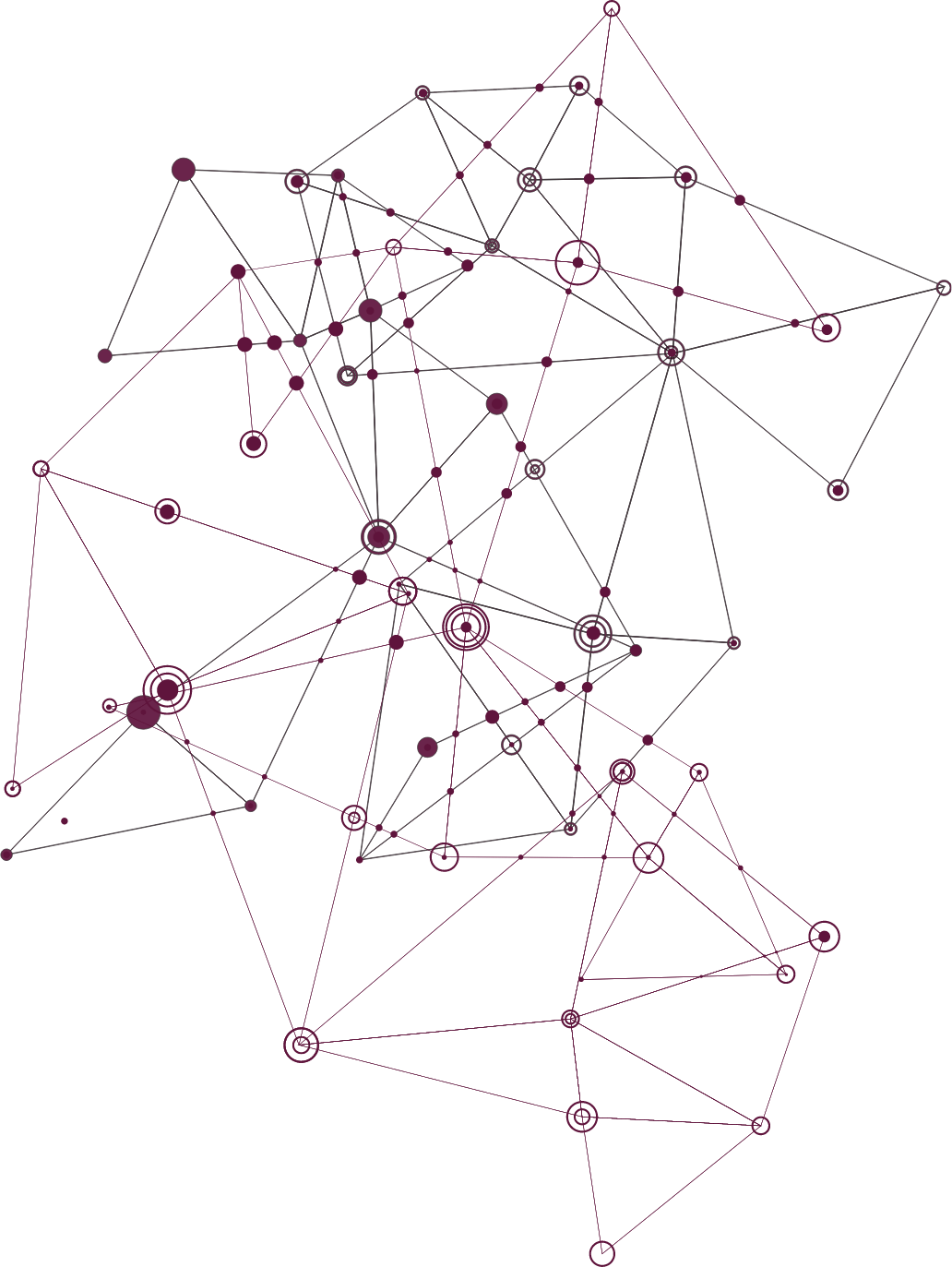
What is an example of how Infogrid can help a landlord reduce their carbon footprint and meet sustainability goals?
0.1
So you move from ‘understand’, so understanding your energy consumption or your gas or water consumption, through to ‘how do I fix that?’. And the power of combining datasets allows you to do that very quickly. So a simple example would be if you are over ventilating a space where you have low occupancy and you therefore have good air quality that has a very high energy impact. If you reduce that ventilation rate by using live data, you can very significantly reduce the energy consumption of your building. And actually save costs rather than introduce cost.Later on, you can use data to do things like capital projects for retrofits, whether that’s insulation, solar panels, or anything like that. But in the initial, there are a lot of quick wins around how you can operate the building that will generate big savings.


Could buildings develop their own system of smart sensors?
0.1
One of the questions we often get is, why don't I just build this myself? Well, firstly, it's very, very difficult to do. And if you're trying to do that, from a standing start, and not a technology company, we've seen that go wrong a number of times. But more to the point, if you build something internally to a company, you'll only ever learn from your own insight. Whereas when you work with a company like ours, you learn from the insight of everybody, now you don't get any access to anybody else's data, no one will ever be able to access your data. But what artificial intelligence does is can learn from genericized data to apply things to situations around the world. So a simple analogy of this is like we all use Excel today. And that's incredibly powerful, incredibly intuitive. And that is so because it's built upon 20 years of global user feedback.
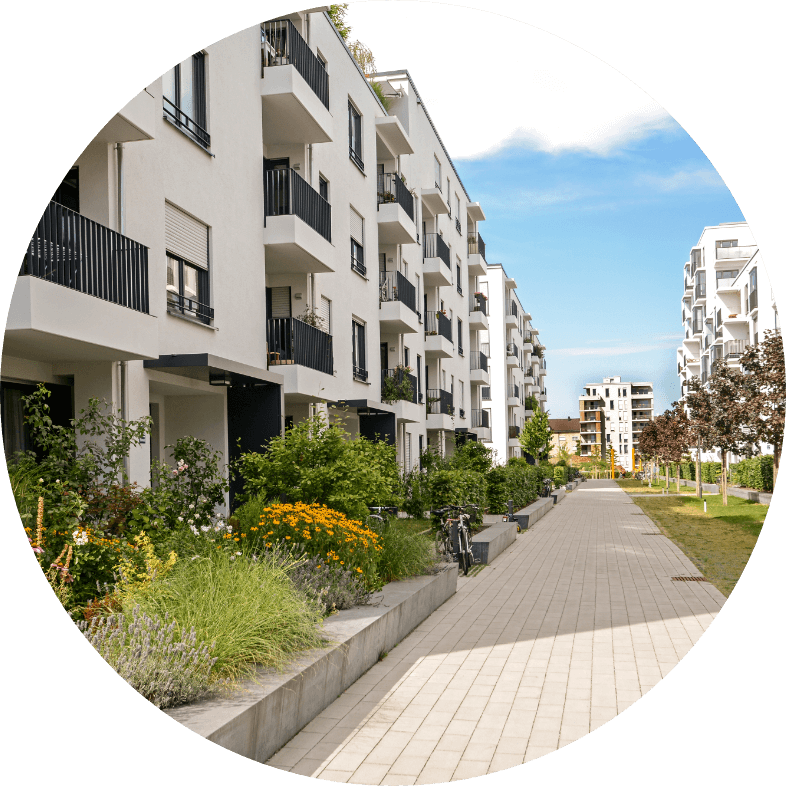
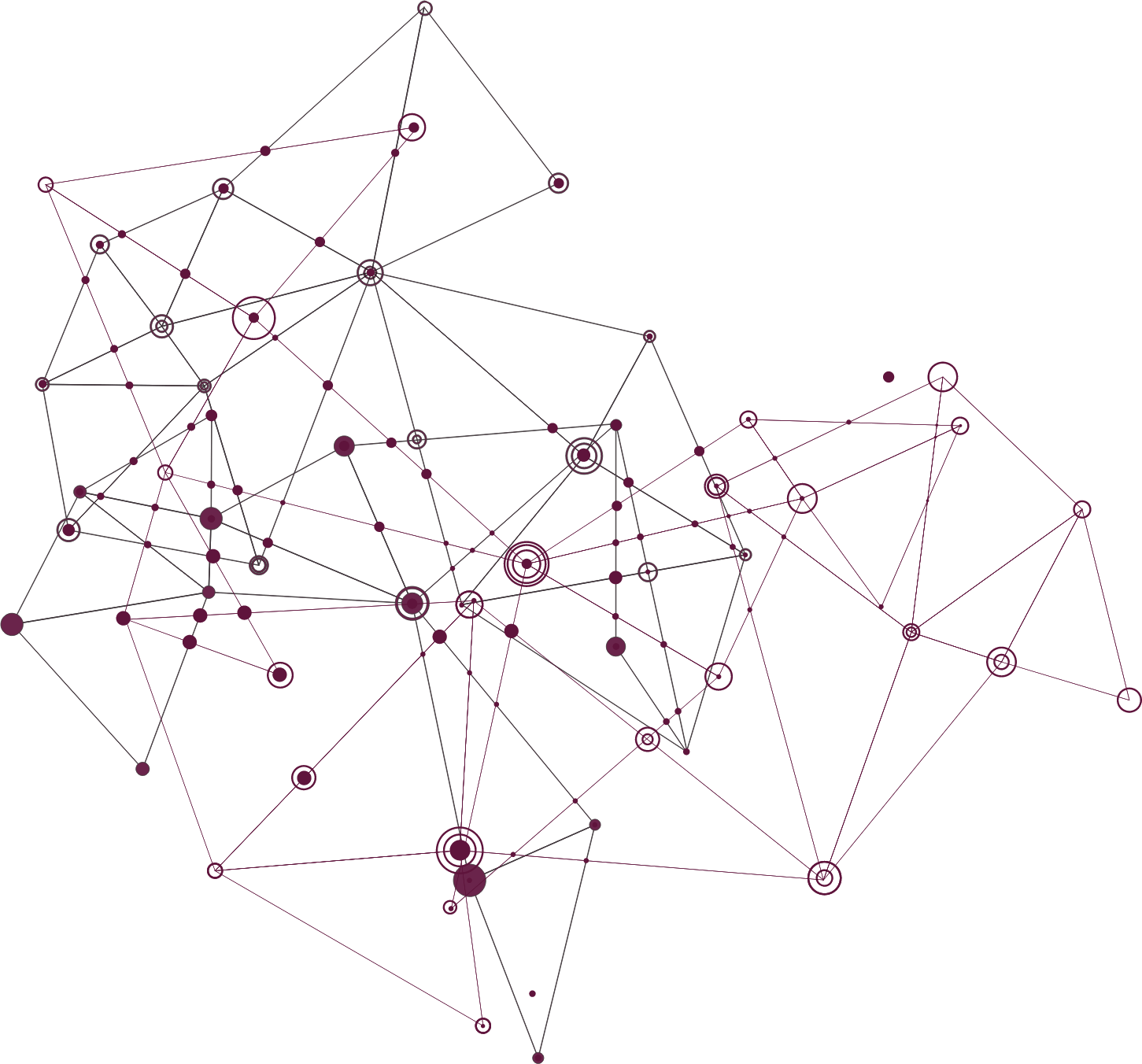
What inspired you to become an entrepreneur?
0.1
On a personal level, the reason why I'm an entrepreneur ultimately is my passion in life is the preservation of the natural world. Everybody can contribute to this journey both in terms of the marrying of sustainability and innovation in the built world and you know, do get in touch but even in your personal and private lives, right little changes matter and cumulatively they add up and we need everything we can get to solve some of the biggest problems that human race has ever faced.


